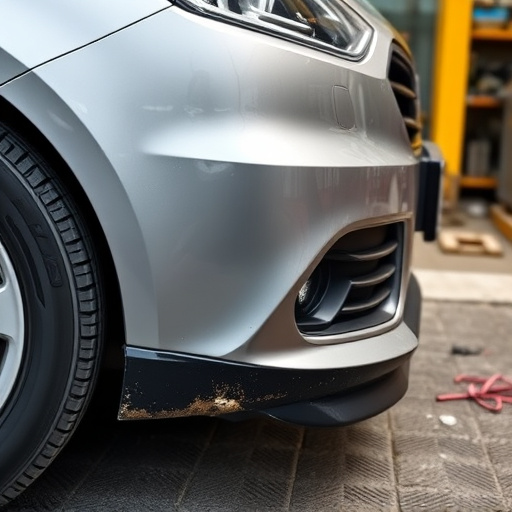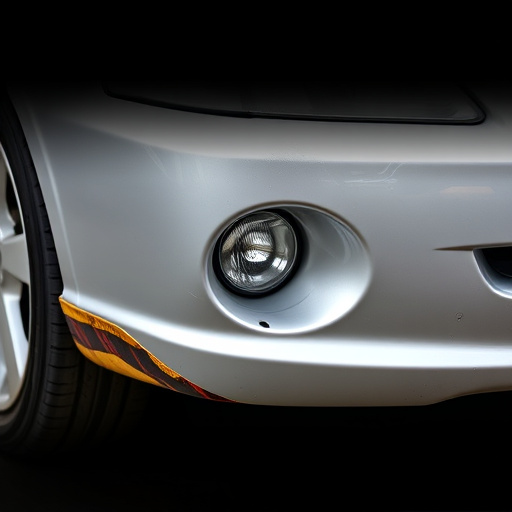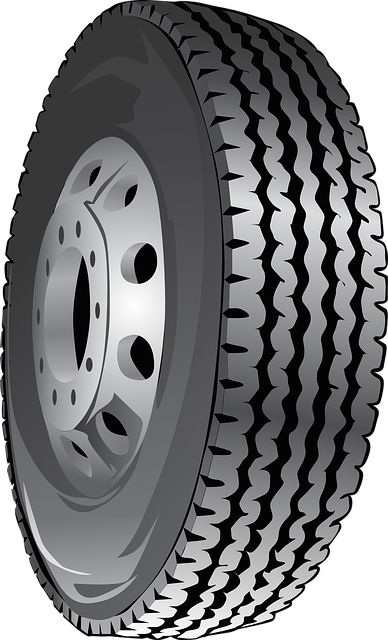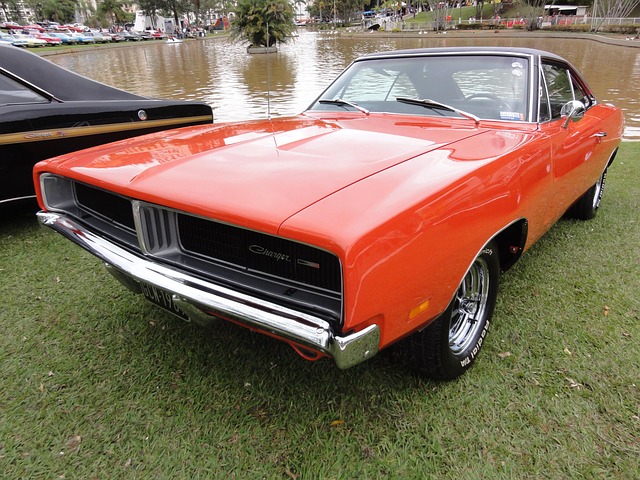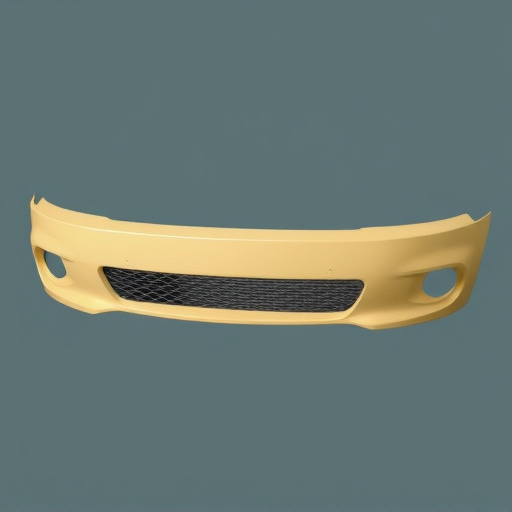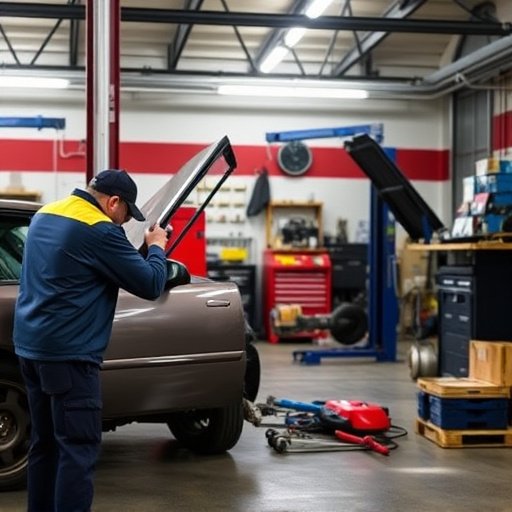Post-collision, thorough seat inspection reveals hidden damage like padding cracks, fabric tears, and water/mold issues. Prompt repair by experts ensures classic car seats are restored to pre-accident condition for safety and aesthetics. Proper cleaning involves vacuuming, spot cleaning, testing solutions, scrubbing, rinsing, and drying to prevent discoloration or damage during repairs. Minor damage may be repaired with new covers; severe cases require seat replacements, offering a chance to upgrade to modern safety features. Consult car paint and bodywork professionals for tailored advice.
After a collision, proper vehicle seat maintenance is crucial for both safety and aesthetics. This guide helps you navigate the process of restoring your seats after collision repair. First, assess any damage to your car seats, focusing on tears, stains, or structural issues. Then, begin by cleaning and preparing the seats to ensure optimal bonding for repairs or replacements. Next, learn about replacing or upgrading damaged seat components, giving your vehicle a fresh, accident-free look.
- Assessing Seat Damage After Collision Repair
- Cleaning and Preparing Your Vehicle Seats
- Replacing or Upgrading Damaged Seat Components
Assessing Seat Damage After Collision Repair
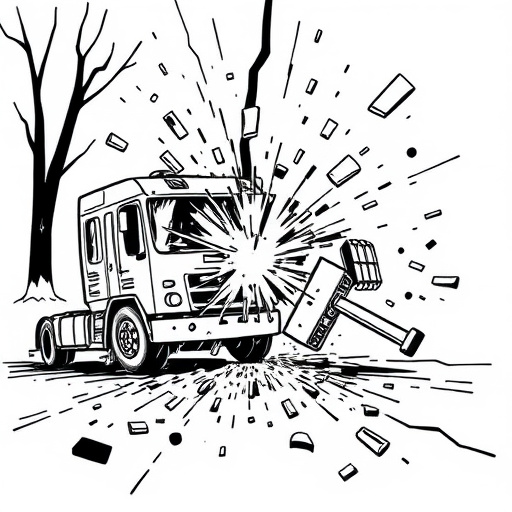
After collision repair, assessing seat damage is a crucial step in ensuring your vehicle’s comfort and safety. When a collision occurs, seats often sustain hidden damage that might not be immediately apparent. Cracks, tears, or deformations could have developed in the foam padding or fabric covering. These issues can affect both the aesthetic appeal and structural integrity of the seats.
During the inspection, pay close attention to any odd smells, which may indicate mold or mildew growth due to water intrusion. Water damage is common after accidents, especially if the vehicle was flooded or exposed to severe weather conditions. A thorough cleaning and proper seat repair are necessary to restore them to their pre-collision condition, ensuring a satisfying classic car restoration experience at your trusted auto repair shop.
Cleaning and Preparing Your Vehicle Seats

After your vehicle has undergone collision repair, properly cleaning and preparing the seats is a crucial step in ensuring their longevity and restoring them to their pre-accident condition. Start by vacuuming the seats to remove any loose debris or dirt trapped within the fabric or leather. This gentle process helps to revive the texture and appearance of the seating area without causing further damage.
Next, use a dedicated car seat cleaner or a mild detergent mixed with warm water to spot clean any visible stains. Always test cleaning solutions on a small, inconspicuous area first to ensure they won’t discolor or damage the material. For stubborn marks, gently scrub with a soft-bristled brush or cloth, then rinse thoroughly with a damp sponge or cloth and dry completely. Proper preparation ensures that your seats not only look their best but also receive the best care during the repair process, ultimately contributing to longer-lasting auto body repairs.
Replacing or Upgrading Damaged Seat Components

After a collision, it’s common for your vehicle’s seats to sustain damage, requiring either replacement or an upgrade. The first step is to assess the extent of the harm. Inspect each seat for tears, stains, or structural issues. If the fabric is torn or stained beyond repair, new covers might be needed. In cases of more severe damage, such as broken frames or springs, complete seat replacements could be necessary.
Consider this a chance to upgrade your vehicle’s comfort and safety features. Modern seats often come with advanced designs, better cushioning, and integrated airbags for enhanced protection during accidents. When deciding between replacement and upgrading, consult with professionals offering car paint services and bodywork repairs. They can guide you on the best course of action based on your vehicle’s make, model, and the extent of collision damage to both the seats and the overall vehicle bodywork.
After undergoing collision repair, proper maintenance of your vehicle’s seats is essential to ensure both their longevity and aesthetic appeal. By assessing any damage, implementing thorough cleaning practices, and considering replacement or upgrades for severely affected components, you can effectively preserve the quality of your car seats. Regular care and attention will help your seats withstand the test of time, ensuring a comfortable ride for years to come.

